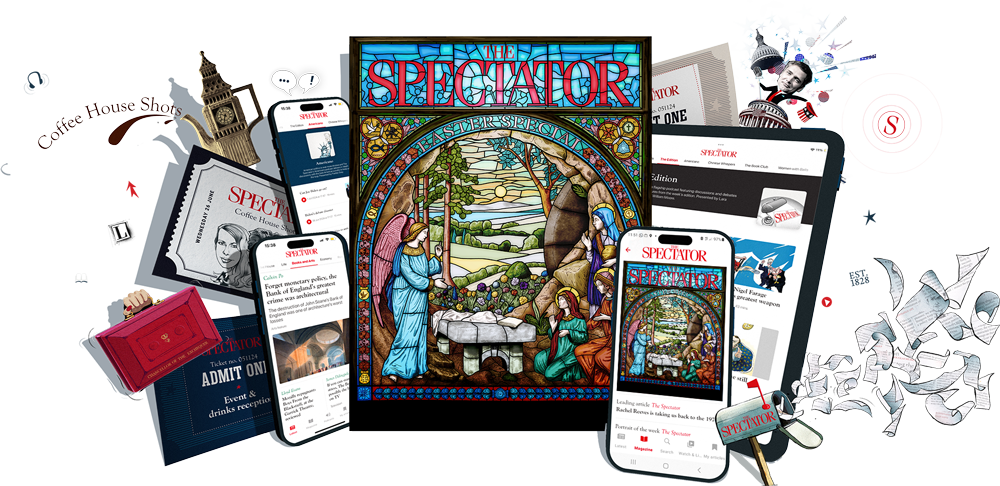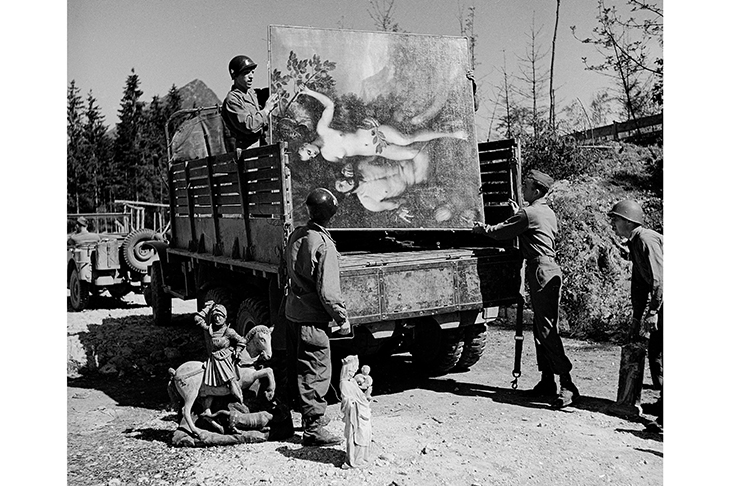Making one’s fortune in Occupied Paris was largely a matter of knowing the right people: in fact, the further to the right the better. In 1941, Bruno Lohse, a lowly SS officer and art history PhD, was languishing on the Baltic coast recovering from a gunshot wound when he was seconded by Hermann Göring to work as his ‘personal art agent in Paris’, where he became one of history’s ‘greatest all-time art looters’.
Abroad in the lawless city — able to produce, for any purpose, authorisation papers bearing the Reichsmarschall’s signature, with their talismanic power to instruct ‘all offices of the state, party and armed forces to support his work’ — Lohse reigned as the self-styled ‘King of Paris’: a charismatic cultural pirate in expensive civilian clothing, surrounded by money and women and chauffeured cars. Unofficially, he also co-directed the ERR, a semi-clandestine Nazi party task-force operating out of the Museé du Jeu de Paume. In principle, the ERR’s euphemistic function was to ‘safeguard heirless property’; in practice, it plundered the cultural possessions of French Jews, often in lightning raids on private homes at which an art historian would be conveniently on hand to point out those items most worth safeguarding.
Göring would boast, in Allied captivity, of having had ‘the finest art collection in private hands in Europe’
This policy of systematic pillaging was controversial, even among prominent Nazis — Alfred Rosenberg, for example, pointed out that such displays of avarice risked giving Nazism a bad name. The plundering was, however, an indispensable means to the vast project of cultural self-worship envisaged by Göring. At Carinhall, his country residence, he amassed a collection of 2,000 pictures (‘the finest art collection in private hands in Europe,’ he would boast later, in Allied captivity). At the zenith of his power, Göring had one of his four personal trains specially redesigned to transport paintings, and, beginning in 1940, went on shopping sprees, loading the outbound carriages with ‘stacks of freshly minted Reichsmarks’, touring Occupied Europe ‘in collecting mode’.







Comments
Join the debate for just £1 a month
Be part of the conversation with other Spectator readers by getting your first three months for £3.
UNLOCK ACCESS Just £1 a monthAlready a subscriber? Log in